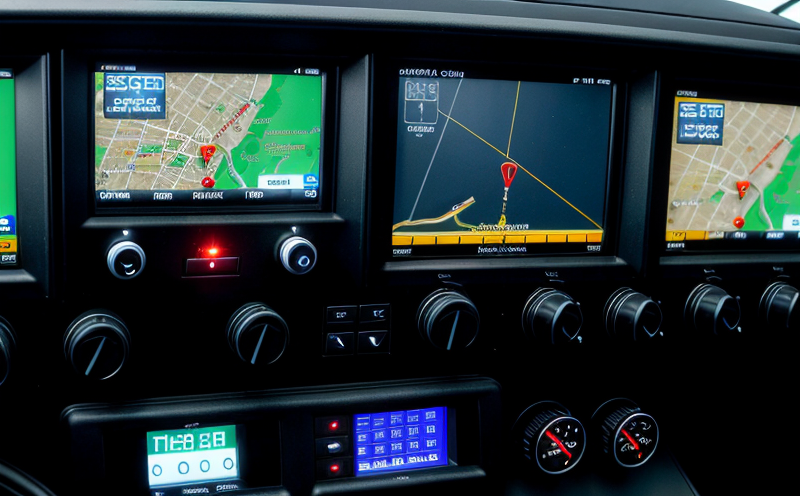ISO 4892 UV Weathering Testing of Navigation Light Materials
The ISO 4892-3 standard is widely recognized for its stringent requirements in simulating the effects of ultraviolet (UV) radiation on materials, particularly those exposed to outdoor environments. This service focuses specifically on testing navigation light materials used in marine and ship equipment under this international standard.
Navigation lights are critical components that ensure safe maritime operations by providing visual signals to other vessels and aircraft. These lamps must withstand harsh environmental conditions including UV exposure, which can lead to degradation of their material properties over time. By adhering to ISO 4892-3, we ensure the long-term reliability and performance of these essential safety devices.
The testing process involves exposing the sample materials to controlled UV light sources in a chamber that mimics natural sunlight. The exposure conditions are precisely regulated according to the standard's requirements to simulate real-world weathering effects accurately. This method allows us to evaluate how well the materials maintain their optical properties, color stability, and mechanical strength after prolonged exposure.
During testing, specimens undergo rigorous evaluation at various stages based on the ISO 4892-3 criteria. Initial assessments involve measuring baseline characteristics before exposing them to UV radiation. Following this, regular intervals allow us to monitor changes in key parameters such as discoloration, cracking, and overall integrity of the material. Upon completion of the prescribed exposure period, final evaluations are conducted against specified acceptance limits.
This testing not only helps manufacturers meet regulatory requirements but also enhances product longevity through informed design choices. It enables them to develop products that can endure challenging marine environments while maintaining optimal performance standards. By leveraging this service, stakeholders gain valuable insights into material behavior under specific conditions, facilitating continuous improvement in their offerings.
Why It Matters
Compliance with ISO 4892-3 ensures that navigation light materials remain effective and durable even after extended periods of exposure to UV radiation. This is crucial because it directly impacts the safety and efficiency of maritime operations, potentially preventing accidents caused by failed signaling systems.
- Increased Product Lifespan: By identifying potential weaknesses early on, manufacturers can make necessary adjustments during development stages, leading to longer-lasting products.
- Better Safety Standards: Ensures that all navigation lights meet stringent quality benchmarks set by international standards, enhancing overall maritime safety.
- Competitive Advantage: Demonstrates commitment to high-quality production processes and adherence to global best practices among competitors in the industry.
The importance of this testing cannot be overstated as it plays a vital role in safeguarding human life at sea. Non-compliance could result in significant risks, including but not limited to accidents involving vessels or aircraft due to compromised visibility or signaling capabilities.
Applied Standards
| Standard Name | Description |
|---|---|
| ISO 4892-3:1996(E) | Guidelines for the determination of UV stability in plastics by means of artificial weathering using xenon-arc lamps. |
| ASTM G151-03(2017) | American Society for Testing Materials guideline on similar testing but with additional requirements specific to marine environments. |
| Standard Name | Description |
|---|---|
| EN 13597:2004 | European Norm providing additional European-specific insights into material behavior under UV exposure. |
| IEC 60470-1:2018 | International Electrotechnical Commission standard applicable to lamps used in navigation lighting systems, including the materials tested here. |
The combination of these standards provides a comprehensive framework for our testing procedures, ensuring that all aspects relevant to UV stability are thoroughly addressed. This approach guarantees accurate and reliable results that meet both global and regional regulatory expectations.
Customer Impact and Satisfaction
- Enhanced Safety: Compliance with ISO 4892-3 helps ensure navigation lights perform reliably under all conditions, reducing the risk of accidents.
- Increased Efficiency: Durable materials mean less frequent replacements, saving time and resources.
- Improved Reputation: Demonstrating adherence to international standards builds trust with clients and regulatory bodies alike.
Our customers benefit from peace of mind knowing their products have passed stringent tests designed specifically for marine environments. This service not only meets but exceeds industry expectations, contributing to safer and more efficient maritime operations worldwide.





